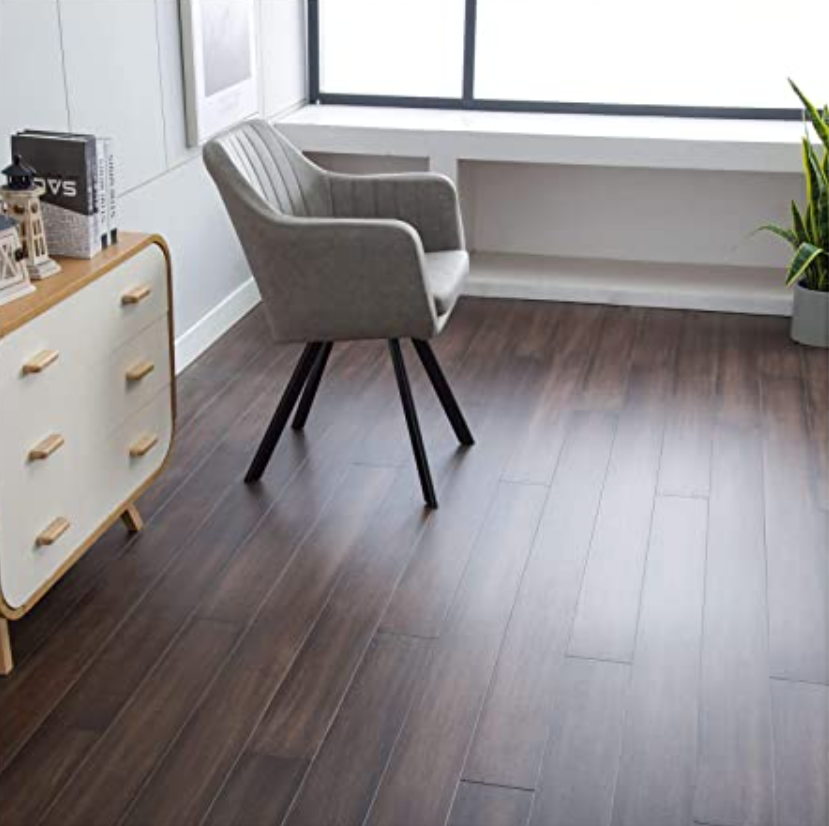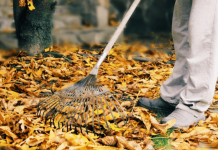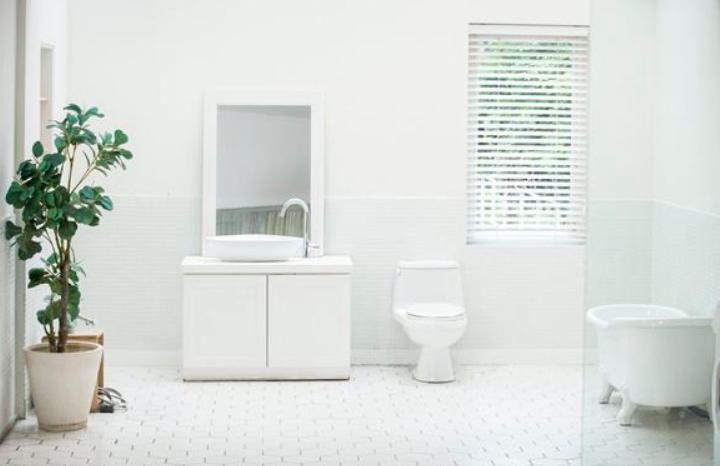Bamboo floors
The sprawling bamboo in the garden looks very spectacular, catches up with the yard, enters the property of the neighbors. And can resist beehives and scoops. Cut the core of this grass in the sun and rain for a short time and quickly flatten, shred and crush it. Ironically, bamboo has become a very popular indoor flooring material known for its durability.
Bamboo floors adorn living spaces with a depth and richness usually associated with very expensive exotic solid wood. With the right surface treatment, this chameleon-like material can look like a walnut, oak or pine parquet. The fragile construction of bamboo means that flooring manufacturers must make lawns in a material that looks like wood. Not only that, brown treatment on carbonized or carmeline bamboo floors weakens bamboo by about 30 percent, increasing the need for reinforcing countermeasures.
Manufacturers apply several tens of thousands of pounds of force to the material and polish the bamboo with resin. These manufacturing processes are durable enough to withstand future human and pet traffic. Woven bamboo flooring is a sharp departure from traditional horizontal and vertical bamboo floors. It is much stronger and has more structural integrity than conventional bamboo floors.
So what is a woven bamboo floor

A regular horizontal bamboo floor looks like pressed bamboo, despite any stains or other surface treatment. The coloring may be walnut or oak, but it is clear that the patterned pattern is bamboo because you can see the stems (stems) and distinctive rings (like knuckles) of bamboo.
However, someone who buys a bamboo floor and expects it to look like bamboo may be disappointed. Bamboo loses its symbolic shape at the beginning of production.
Bamboo is widely used as a starting product in about the same way that wood pulp is used to make quartz countertops from granular slabs or crushed minerals. Bamboo is not peeled or laminated. Instead, it is crushed in a machine to extract and separate the strong fibers. These fibers are compressed by a steel hydraulic press and heated to form a very dense log. Once these logs are secured, they can be milled and machined.
Smith & Fong of San Francisco introduced Chinese bamboo flooring to the American market in 1991. Ten years later, the company introduced bamboo flooring. They call woven bamboo flooring a “whole new bamboo aesthetic” because it goes beyond the traditional bamboo look that attracted many customers in the 1990s and 2000s. Woven bamboo can be used as a floorboard as well as other building materials such as plywood.
The durability of woven bamboo floors

Unlike oak, hickory, maple and other hardwoods, bamboo is not inherently hardwearing. Without treatment, many hardwoods wear very well. Even softer woods such as cedar, oak and beech are known for their durability because of the natural oils that help the wood weatherize.
In contrast, bamboo flooring relies almost entirely on manufacturing methods, such as the thread weaving process, binder and surface coating with aluminum oxide to ensure strength and durability. Woven bamboo flooring is much stronger than vertical or horizontal bamboo flooring because the shaded threads work together to bind the material together.
Bamboo floors cleaning
After testing many exotic woods with a hardness testing system, we found that most have a hardness of 4500. According to Cali Bamboo, a major bamboo flooring supplier, during third-party testing, “I found that most of the strands on the hardness scale test bamboo floors that typically weigh about 3,000 pounds.” Braided bamboo floors are about three times stronger than traditional horizontal or vertical bamboo floors, allowing them to be installed in high impact areas.
Factors to consider when choosing bamboo flooring:
- Formaldehyde content. Does the product pass the European E0 standard or is it similar to most products designed for E1 only?
- What kind of interlocking system is used? For a solid bamboo flooring system, the Valinge system is generally superior to the Unilin system.
- Has the humidity of the product been balanced in humidity controlled ovens?
- The stiffness of the bamboo should be at 14.0 on the Yankee scale, which will be considered for any project.
- How are the boards made – hot pressed or cold pressed? Hot pressing can more accurately balance moisture and achieve lower formaldehyde and VoC levels.
If you have small children or large pets, bamboo floors may be just the sturdy material you need.






